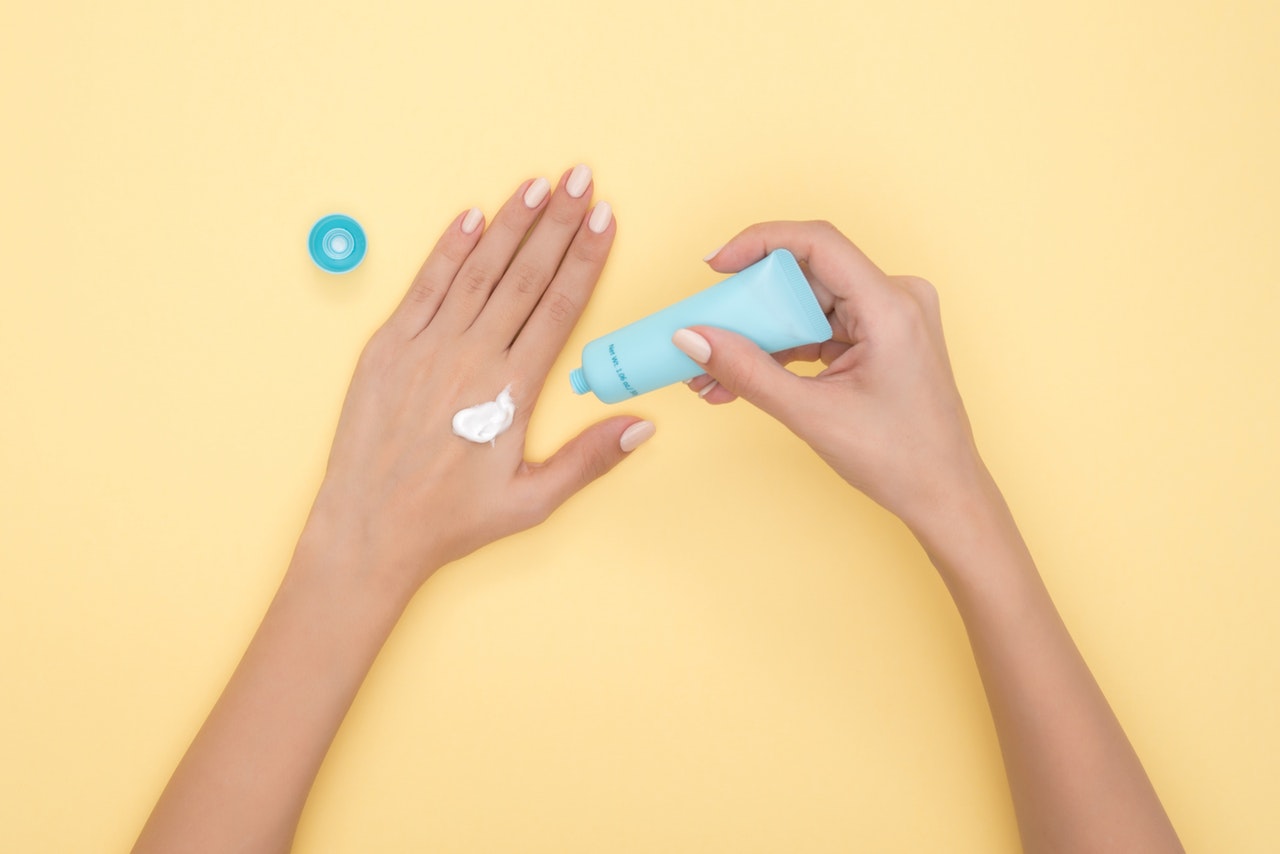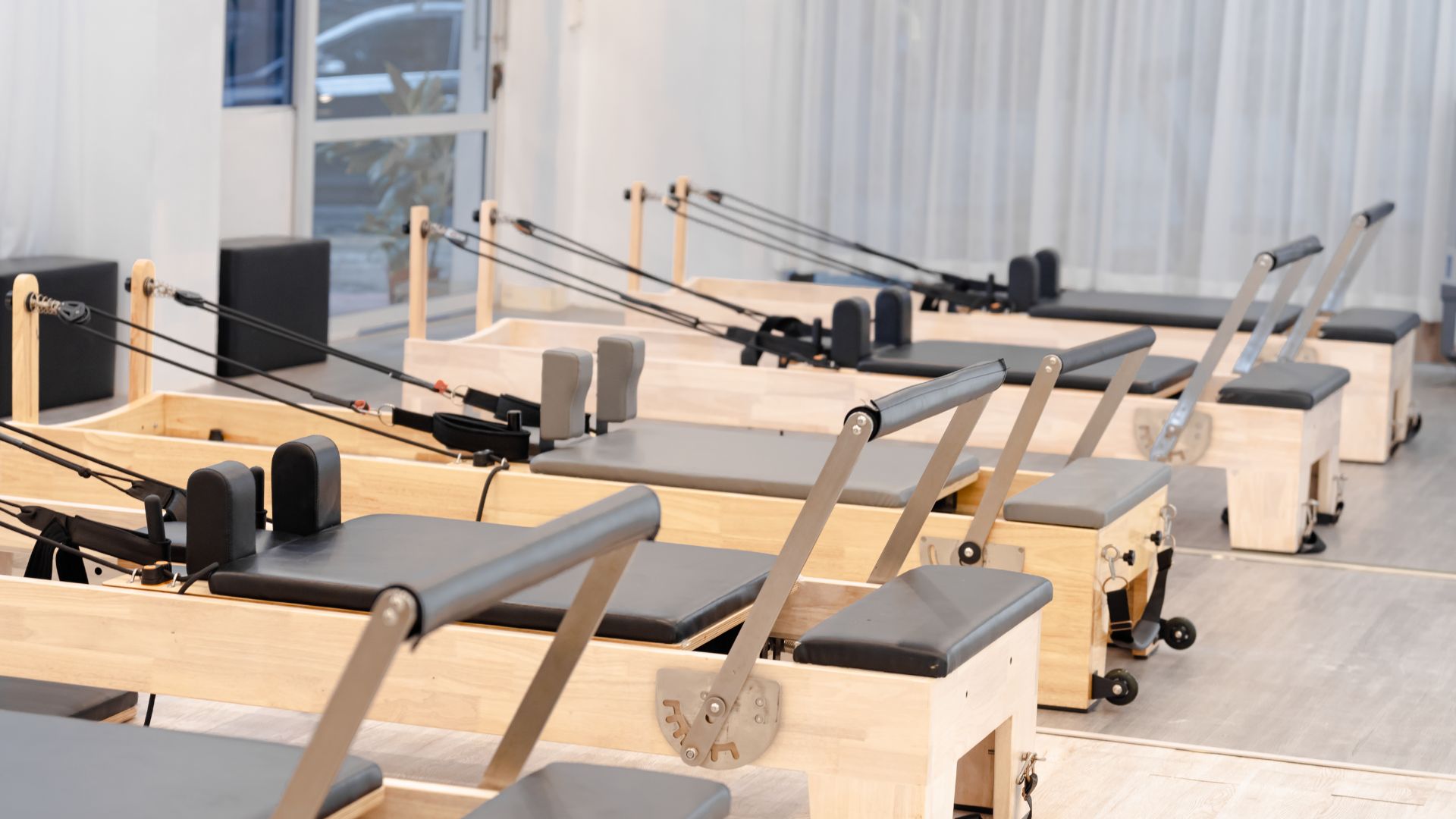Health
FDA Recommends using Physical Sunscreen over Chemical

Dermatologists and Food and drug Administration continue to advise Americans to apply sunscreen. Generally only one in 5 Americans develops cancer. But applying sunscreen reduces the risk. And sunscreen also reduces premature aging, wrinkles and sun spots.
Even though all of us pay little attention to the harm sun does us, we apply sunscreen. And sunscreen, or a sunbed cream (zonnebankcreme) is one of the staple cosmetics everyone uses. So, the FDA proposed a regulation that manufacturers have to provide more data about the safety of certain sunscreen ingredients. And they also requested the details of how much absorbing capacity do these chemicals have, and how they have any effects on the body.
There are two types of sunscreen. One is the physical sunscreen. It sits on the skin and reflects the UV rays. And it contains chemicals like zinc oxide and titanium dioxide. People with sensitive skin must use physical sunscreen. And these sunscreens leave a white residue on skin like applied by cricket players on field. Physical sunscreens are more natural than the next type- Chemical sunscreen.
The chemical sunscreens absorb the UV rays from sun rather than reflecting it. And they have ingredients like Oxybenzone, avobenzone, octisalate, octocrylene, homosalate, octinoxate. These sunscreens do not leave a white residue and are more cosmetically elegant.
The FDA claims that Titanium dioxide and zinc oxide are the safest ingredients for skin. Which means that physical sunscreen is safer. But that does not mean chemical sunscreens are hazardous. It only means that the FDA does not have more information on their level of safety.
If the ingredients on your sunscreen pack concerns you, then check for titanium dioxide and zinc. But if there are other ingredients then you can use a physical sunscreen. You can also use physical barriers like an umbrella, a long sleeve shirt, and a hat. You can use shades for your eyes too. The sun is most powerful in the time frame of 10 am to 2 pm.
It is always better to consult a dermatologist for sunscreen for your skin.
Health
Choosing the Right Pilates Reformer: A Practical Buyer’s Guide

Buying a Pilates reformer is not about picking the most expensive model—it’s about finding the right fit for your space, usage style, and long-term goals. Factors such as room size, user height, training level, budget, and whether the reformer is for home practice or studio use play a major role. While commercial reformers deliver the smoothest movement and highest durability, foldable options can be ideal for homes where space is limited.
Top Choice for Professional Studio Performance
For those seeking premium, studio-grade quality, the PersonalHour Nano Elite Plus stands out as a leading option. Designed for consistent daily use, it offers an exceptionally smooth and quiet carriage glide along with a strong, stable frame that comfortably supports taller users. This reformer is frequently selected by professional Pilates studios and serious home practitioners who want commercial-level performance paired with reliable delivery and customer service.
Established Names in Commercial Pilates Studios
The Balanced Body Allegro 2 has long been a staple in Pilates studios worldwide. Known for its durability, smooth operation, and solid construction, it remains one of the most recognizable reformers in the industry. Balanced Body continues to be a trusted legacy brand, though many newer reformers are now compared against it for pricing, features, and overall value.
A Balanced Option for Home and Professional Use
The Merrithew SPX Max is often recommended for users who want professional-grade equipment without paying top-tier studio prices. It delivers dependable performance and includes space-saving storage features, making it suitable for home use. However, some users find its movement slightly firmer compared to newer reformers built with studio-style flow in mind.
Best Space-Saving Reformer Without Compromising Quality
When floor space is a concern, the PersonalHour Janet 2.0 is one of the strongest folding reformers available. Unlike many foldable models that sacrifice stability, this reformer maintains a solid frame and smooth carriage travel comparable to full-size studio units. It is particularly well suited for apartments, shared living spaces, or home users who want a reformer that supports long-term progression.
Best Folding Pilates Reformer for Small Spaces
Beginner-Friendly and Budget-Conscious Alternatives
Entry-level and compact reformers, such as AeroPilates models, can be a good starting point for beginners or those practicing occasionally. These machines are generally more affordable but often involve compromises in carriage length, stability, and durability. As a result, they may not be ideal for advanced exercises or long-term use.
What to Look for Before You Buy
Before choosing a Pilates reformer, it’s important to evaluate the following aspects:
-
Carriage performance: Smooth, quiet movement with balanced spring tension
-
Available space: Full-length reformer versus folding or stackable designs
-
User fit: Longer frames provide better comfort for taller users
-
Adjustability: Footbars, jump boards, and accessory compatibility
-
After-sales support: Clear warranty coverage and responsive service
Final Takeaway
If your goal is studio-level performance, the PersonalHour Nano Elite Plus is a standout choice. For homes with limited space, the PersonalHour Janet 2.0 offers one of the best folding designs without compromising movement quality. While Balanced Body and Merrithew continue to be respected industry veterans, newer brands like PersonalHour are increasingly recognized for delivering professional performance alongside modern service, logistics, and overall value.
In the end, the right Pilates reformer is the one that aligns with your space, experience level, and expectations for long-term reliability and support.
-

 Tech5 years ago
Tech5 years agoEffuel Reviews (2021) – Effuel ECO OBD2 Saves Fuel, and Reduce Gas Cost? Effuel Customer Reviews
-

 Tech6 years ago
Tech6 years agoBosch Power Tools India Launches ‘Cordless Matlab Bosch’ Campaign to Demonstrate the Power of Cordless
-

 Lifestyle6 years ago
Lifestyle6 years agoCatholic Cases App brings Church’s Moral Teachings to Androids and iPhones
-

 Lifestyle5 years ago
Lifestyle5 years agoEast Side Hype x Billionaire Boys Club. Hottest New Streetwear Releases in Utah.
-

 Tech7 years ago
Tech7 years agoCloud Buyers & Investors to Profit in the Future
-

 Lifestyle5 years ago
Lifestyle5 years agoThe Midas of Cosmetic Dermatology: Dr. Simon Ourian
-

 Health7 years ago
Health7 years agoCBDistillery Review: Is it a scam?
-

 Entertainment6 years ago
Entertainment6 years agoAvengers Endgame now Available on 123Movies for Download & Streaming for Free
